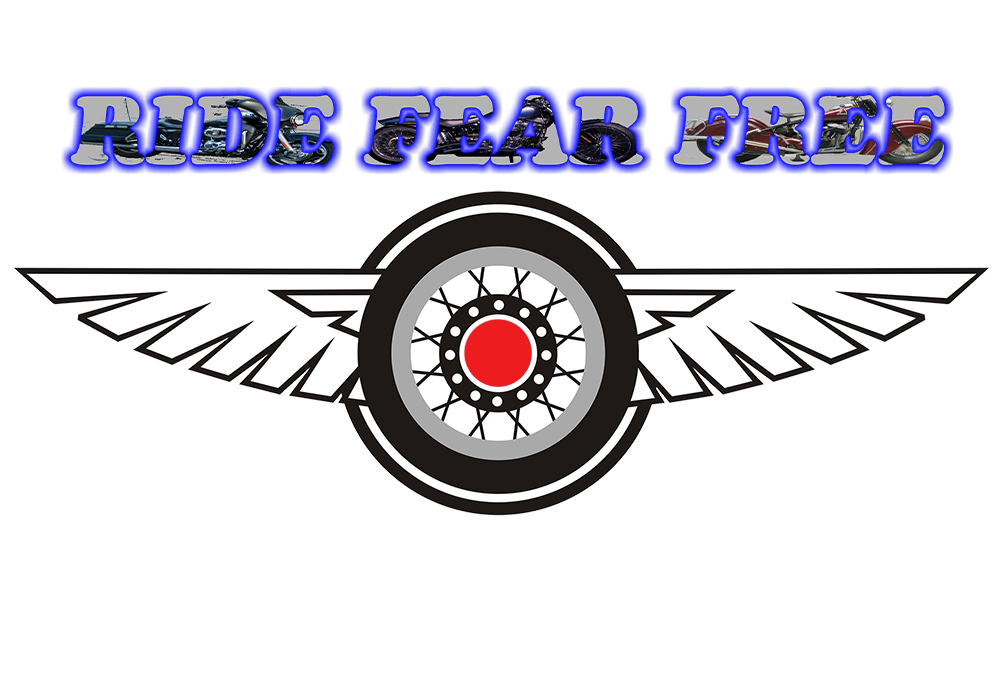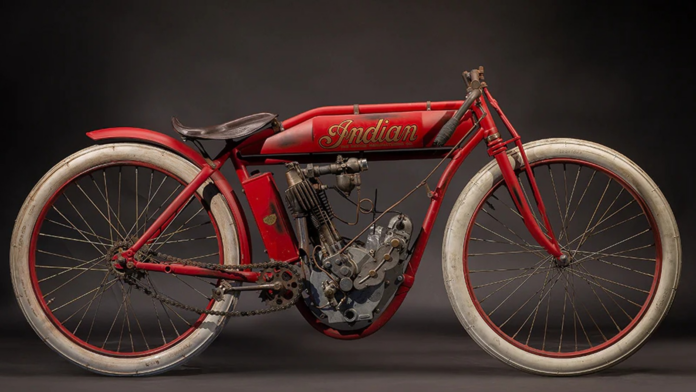The 1912 Indian featured a 500cc 31.5 cubic-inch single-cylinder engine, equipped with a Bosch American Magneto and Hedstrom carburetor. A second version was released later with an inlet-over-exhaust, air-cooled, F-head V-twin engine. All of this was built into a factory-made frame painted in the company’s signature shade of deep red.
Since the 1912 Indian was built specifically with the racetrack in mind, it didn’t have much in the way of safety features. Safety features meant less speed, and that was a no-no. The bike had no brakes or clutch, not to mention open carburetors belching fumes. Combined with the fact that the riders usually didn’t wear helmets as they screamed around an angled track at over 100 MPH, it was a generally unsafe experience all around.
Safety issues would be the end of the Indian Board Racer and board racing as a sport. In September of 1912, a tragic accident claimed the life of racer Eddie Hasha and four spectators, three of them children. He had been riding an Indian 8-valve. With board racing motordromes already nicknamed “murderdromes” by the public, the accident brought an end to the sport. Indian transitioned to building the road bikes that define the brand today.
The 1912 Indian Board Track Racer may have been the definition of a deathtrap, but while it thrived it was the very image of sporting speed. The history of Indian motorcycles embraces a whole range of concepts and design specs, but it all began here.
What Made The Indian Board Track Racer An Important Part Of Motorcycle History
RELATED ARTICLES




